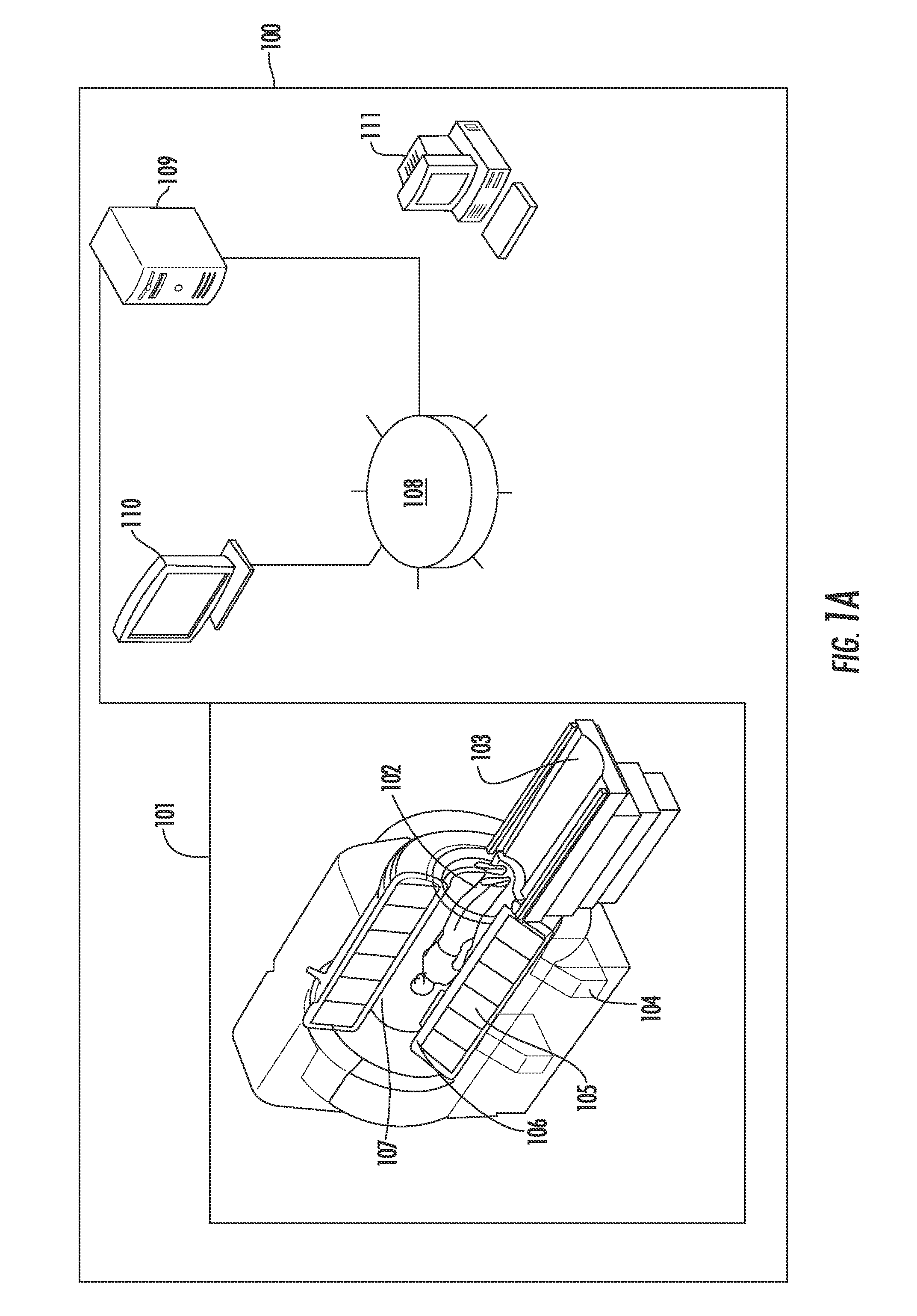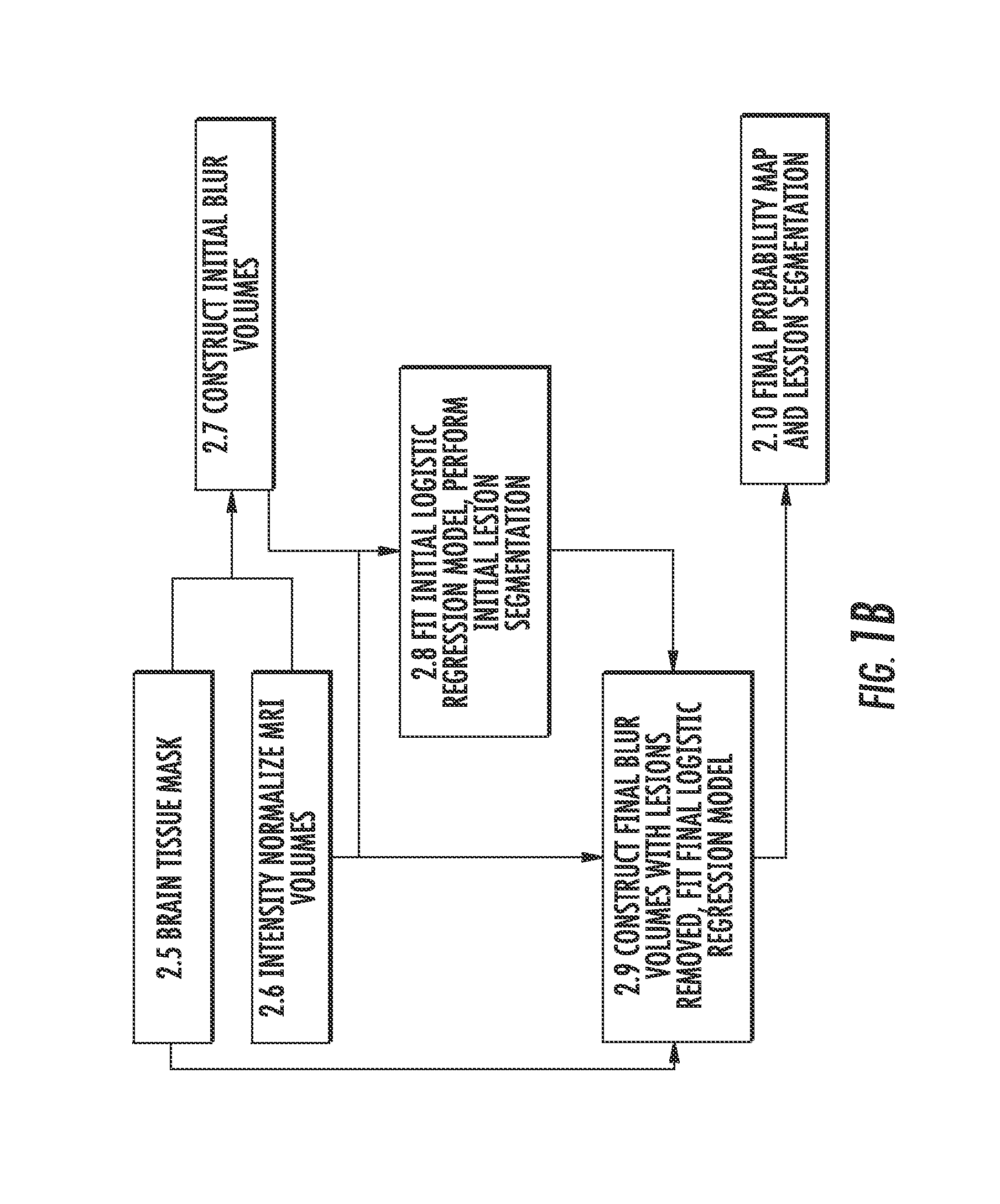Method of analyzing multi-sequence MRI data for analysing brain abnormalities in a subject
a brain abnormality and multi-sequence technology, applied in the field of medical imaging, can solve the problems of difficult manual delineation and time-consuming, automated segmentation of mri, and little to no interpretability of parameters
- Summary
- Abstract
- Description
- Claims
- Application Information
AI Technical Summary
Benefits of technology
Problems solved by technology
Method used
Image
Examples
example
[0050]An exemplary implementation of the present invention is described herein, in order to further illustrate the present invention. The exemplary implementation is included merely as an example and is not meant to be considered limiting. Any implementation of the present invention on any suitable subject known to or conceivable by one of skill in the art could also be used, and is considered within the scope of this application.
2. Materials and Methods
[0051]OASIS is a method inspired by Subtraction Based Inference for Modeling and Estimation (SuBLIME), an automated method for the longitudinal segmentation of incident and enlarging MS lesions described in International Application No. PCT / US2012 / 067997, and incorporated herein, by reference. Before the OASIS logistic regression model is fit, a brain tissue mask is created, all MRI volumes are intensity normalized, and BLUR volumes are created to capture local spatial information and adjust for remaining field inhomogeneities. The O...
PUM
 Login to View More
Login to View More Abstract
Description
Claims
Application Information
 Login to View More
Login to View More - R&D
- Intellectual Property
- Life Sciences
- Materials
- Tech Scout
- Unparalleled Data Quality
- Higher Quality Content
- 60% Fewer Hallucinations
Browse by: Latest US Patents, China's latest patents, Technical Efficacy Thesaurus, Application Domain, Technology Topic, Popular Technical Reports.
© 2025 PatSnap. All rights reserved.Legal|Privacy policy|Modern Slavery Act Transparency Statement|Sitemap|About US| Contact US: help@patsnap.com



